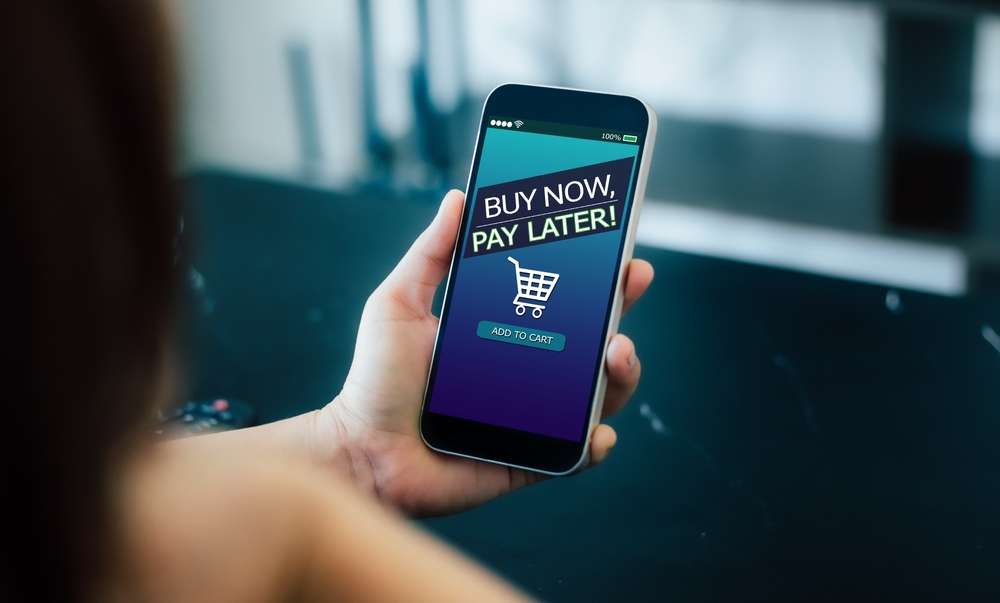Understanding Flexible Payment Plans for the Latest iPhone Models
Modern smartphone financing has transformed how consumers approach purchasing premium devices like the latest iPhone models. Rather than paying the full retail price upfront, flexible payment plans allow buyers to spread costs over time through various installment options. These programs have become increasingly popular as smartphone prices continue to rise, making high-end devices more accessible to a broader range of consumers while offering different terms and conditions to suit individual financial situations.

The smartphone industry has revolutionized how consumers purchase premium devices through innovative financing solutions. As iPhone models become more sophisticated and expensive, manufacturers and carriers have developed comprehensive payment programs that break down large purchases into manageable monthly installments. These flexible arrangements have fundamentally changed the purchasing landscape, making cutting-edge technology accessible to consumers who might otherwise wait years to upgrade their devices.
Understanding Flexible Payment Programs for Smartphones
Flexible payment programs for smartphones operate on the principle of dividing the total device cost into smaller, regular payments over a predetermined period. These programs typically range from 12 to 36 months, depending on the provider and specific terms. Most programs require little to no down payment, though some may request a small initial fee or security deposit. The remaining balance is then distributed across monthly installments, often integrated into existing phone service bills for convenience.
These programs differ significantly from traditional credit arrangements because they are specifically designed for smartphone purchases. Many carriers offer zero-percent interest financing for qualified customers, making the total cost identical to paying upfront. However, qualification requirements vary, and customers with lower credit scores may face different terms or interest rates.
How Pay-Later Models Work and Who They Benefit
Pay-later models for smartphones function through partnerships between device manufacturers, wireless carriers, and financial institutions. When customers choose a payment plan, they typically undergo a soft credit check that doesn’t impact their credit score significantly. Approved customers receive the device immediately while committing to monthly payments.
These models particularly benefit several consumer groups. Young adults establishing credit history can build positive payment records through consistent smartphone payments. Families managing tight budgets can access premium devices without depleting savings accounts. Business professionals requiring the latest technology for work purposes can spread costs across business quarters. Additionally, consumers who prefer preserving cash flow for other investments or expenses find these programs valuable for maintaining financial flexibility.
The programs also benefit carriers and manufacturers by increasing sales volume and customer retention. Customers enrolled in payment plans are less likely to switch providers before completing their payment terms, creating more stable revenue streams.
Key Factors to Consider Before Choosing a Payment Plan
Several critical factors require careful evaluation before committing to a smartphone payment plan. Credit requirements represent the primary consideration, as approval depends on creditworthiness and payment history. Some programs accept customers with fair credit, while others require excellent credit scores for the most favorable terms.
Early termination policies deserve thorough review, as circumstances may require plan changes before completion. Some carriers allow early payoff without penalties, while others impose fees for early termination or device upgrades. Insurance and protection plans often integrate with payment programs, but these additions increase monthly costs and may duplicate existing coverage.
Contract length directly impacts monthly payment amounts and total flexibility. Shorter terms mean higher monthly payments but faster ownership and upgrade eligibility. Longer terms reduce monthly costs but extend commitment periods and may result in paying for outdated technology.
Comparing Upfront Purchase vs. Installment-Based Options
The decision between upfront purchase and installment payments involves multiple financial and practical considerations. Upfront purchases provide immediate ownership, complete freedom to switch carriers, and elimination of ongoing payment obligations. Customers who pay upfront often receive better trade-in values and face no restrictions on unlocking devices for international travel.
Installment-based options offer different advantages, particularly for cash flow management. Monthly payments preserve savings for emergencies or other investments while providing immediate access to premium devices. Many installment programs include upgrade options that allow customers to trade devices for newer models after completing a portion of payments.
| Payment Option | Provider Example | Cost Structure | Key Benefits |
|---|---|---|---|
| Upfront Purchase | Apple Store | $799-$1,199 full price | Immediate ownership, no monthly obligations |
| Carrier Installments | Verizon, AT&T | $22-$33/month (36 months) | Zero interest, integrated billing |
| Manufacturer Financing | Apple Card Monthly | $33-$50/month (24 months) | Direct from manufacturer, potential rewards |
| Third-Party Plans | PayPal Credit | Variable rates | Flexible terms, broader acceptance |
Prices, rates, or cost estimates mentioned in this article are based on the latest available information but may change over time. Independent research is advised before making financial decisions.
The choice between payment methods often depends on individual financial situations, credit standing, and personal preferences regarding debt management. Some consumers prefer avoiding monthly obligations entirely, while others value the flexibility and cash flow benefits of installment plans.
Conclusion
Flexible payment plans for iPhone models have democratized access to premium smartphone technology while providing consumers with valuable financial flexibility. These programs work best for individuals who understand the terms, qualify for favorable rates, and can commit to consistent monthly payments. Success with smartphone payment plans requires careful evaluation of personal financial circumstances, thorough comparison of available options, and realistic assessment of long-term needs. As the smartphone market continues evolving, these flexible financing solutions will likely become even more sophisticated, offering consumers increasingly tailored options for accessing the latest mobile technology while maintaining financial stability and flexibility.




